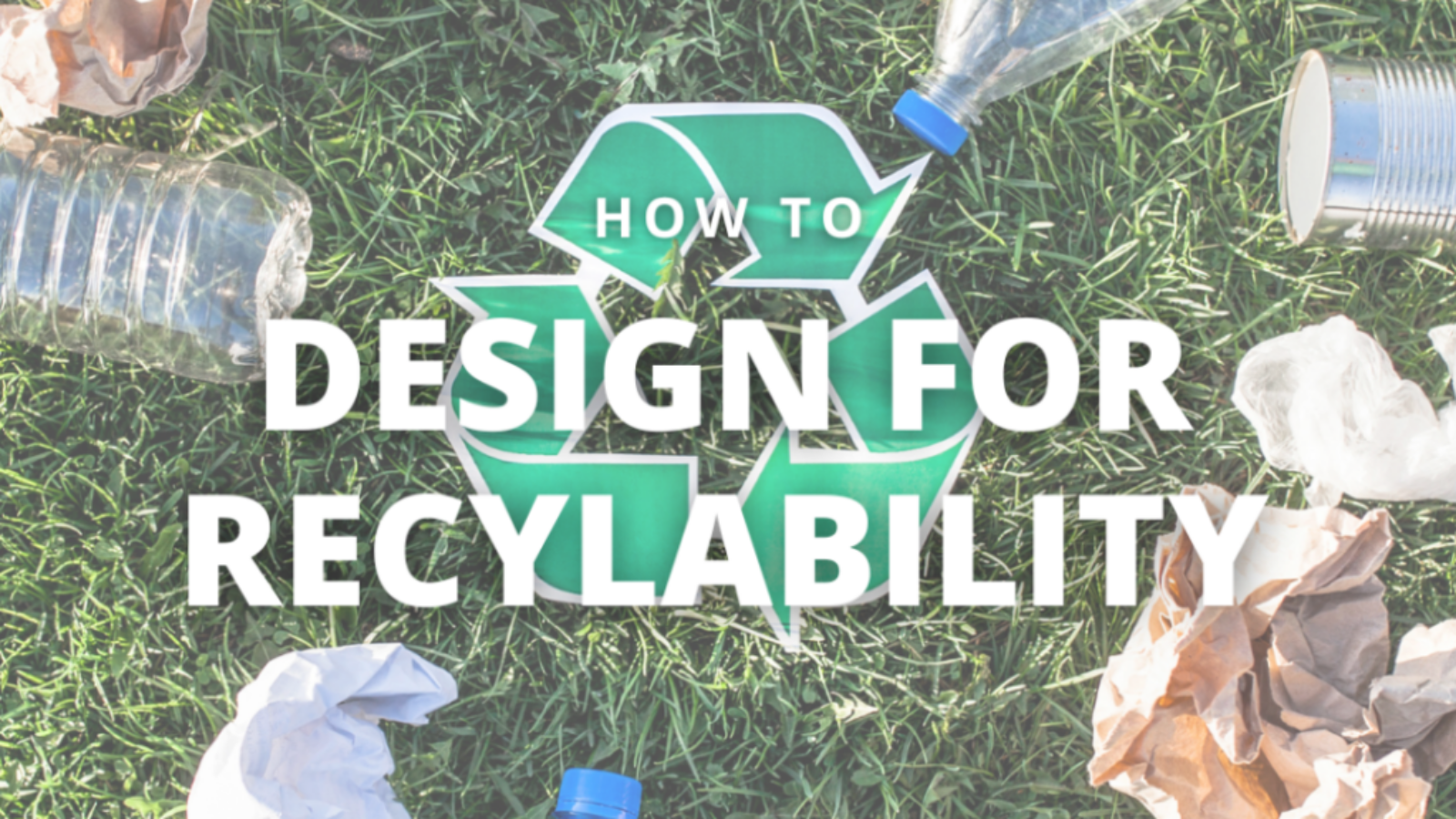Recycling is a complex subject and it’s dictated by market demand, rules and regulations. The success of recycling is largely dependent on the end user. However, the brand plays an important role in making packaging easily accepted into our curbside recycling programs by designing for recyclability. According to the Consumer Brands Association, ten of the top twenty five largest CPG companies have committed to achieving 100% recyclable packaging. With several others making similar claims.
- P&G committed to achieve 100% recyclable or reusable packaging by 2030.
- Nestlé has committed to 100% recyclable or reusable packaging by 2025.
- Colgate-Palmolive will achieve 100% recyclable, reusable, or compostable packaging for all categories by 2025.


Add a Comment
You must be logged in to post a comment